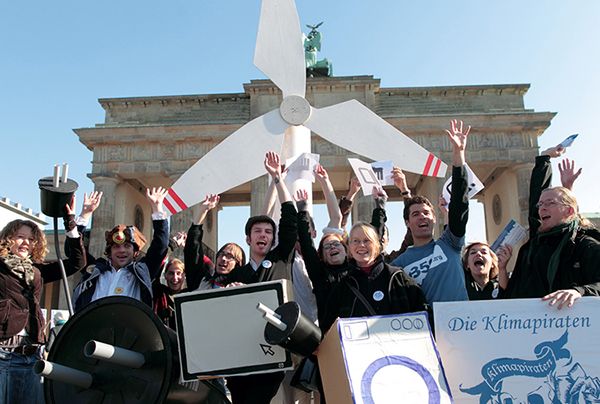In this section, Peter Weise describes how he uses “hot button” issues to develop students’ critical thinking skills. These skills, he notes, are essential to their success in the workforce.
"Whether they are architects or biologists, once they enter the workforce, students will be asked to look at issues, analyze them, and share their findings and opinions."
I use content in this course to model for students how to analyze and discuss critical contemporary issues. Each semester, we take a hot button issue in Germany, like renewable energy, and take it apart. We look at different perspectives on the issue and talk about how divergent ideas can be integrated when discussing the topic. Students learn to ask questions such as, Who is affected by this issue? And Which group of people might be affected more than others?
This kind of critical analysis is something that everybody will have to do when they work in professional settings. Whether they are architects or biologists, once they enter the workforce, students will be asked to look at issues, analyze them, and share their findings and opinions. The final presentation in the course is designed to give students practice doing this. For that assignment, they identify and analyze a recent development in their field of study, paying particular attention its advantages and disadvantages, to who is benefiting from the innovation—and who is not. At the end, I always tell them to pick a side. I press them to identify where they stand on the issue after they present the multiple perspectives inherent in the topic. Developing their critical thinking skills is essential for their success in the workplace.

A climate action event in Berlin urging Germans to choose renewable energy (License: BY-NC-SA).










